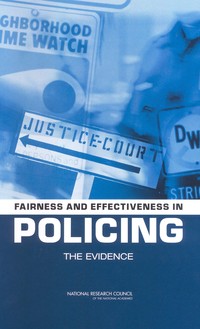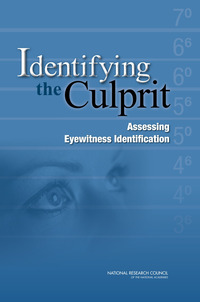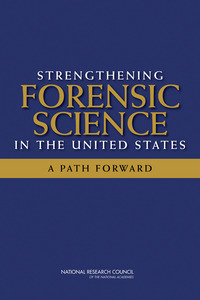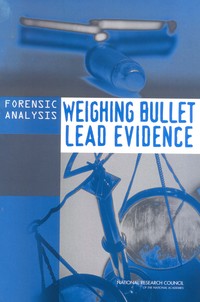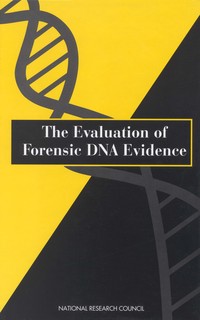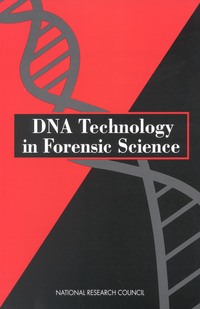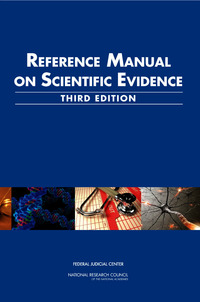The Ferguson case and nationwide public reaction have highlighted very different views of policing among the public. The National Research Council’s 2004 report Fairness and Effectiveness in Policing: The Evidence addressed these concerns.
From the report:
“Policing is primarily shaped by two public expectations. First, the police are called on to deal with crime and disorder, preventing them when possible, and to bring to account those who disobey the law. Second, the public expects their police to be impartial, producing justice through the fair, effective, and restrained use of their authority. The standards by which the public judges police success in meeting these expectations have become more exacting and challenging, and police agencies today must find ways to respond in an effective, affordable, and legitimate way.”
A scientific knowledge base exists for helping communities to decide what strategies to use to reduce crime and disorder while increasing police legitimacy. Recommendations of Fairness and Effectiveness in Policing provide guidance for creating more effective, fair, efficient, and accountable policing in the 21st century. This report and other reports in our Law and Justice Collection evaluate the evidence base and recommend best practices for policing, evidence collection and processing, and eyewitness identification. All are free to download.
ISBN 978-0-309-28965-8
Because police are the most visible face of government power for most citizens, they are expected to deal effectively with crime and disorder and to be impartial. Producing justice through the fair, and restrained use of their authority. The …
ISBN 978-0-309-31059-8
Eyewitnesses play an important role in criminal cases when they can identify culprits. Estimates suggest that tens of thousands of eyewitnesses make identifications in criminal investigations each year. Research on factors that affect the …
ISBN 978-0-309-13130-8
Scores of talented and dedicated people serve the forensic science community, performing vitally important work. However, they are often constrained by lack of adequate resources, sound policies, and national support. It is clear that change and …
ISBN 978-0-309-09079-7
Since the 1960s, testimony by representatives of the Federal Bureau of Investigation in thousands of criminal cases has relied on evidence from Compositional Analysis of Bullet Lead (CABL), a forensic technique that compares the elemental …
ISBN 978-0-309-12194-1
In 1992 the National Research Council issued DNA Technology in Forensic Science, a book that documented the state of the art in this emerging field. Recently, this volume was brought to worldwide attention in the murder trial of celebrity O. …
ISBN 978-0-309-04587-2
Matching DNA samples from crime scenes and suspects is rapidly becoming a key source of evidence for use in our justice system. DNA Technology in Forensic Science offers recommendations for resolving crucial questions that are emerging as DNA …
ISBN 978-0-309-21421-6
The Reference Manual on Scientific Evidence, Third Edition, assists judges in managing cases involving complex scientific and technical evidence by describing the basic tenets of key scientific fields from which legal evidence is typically …
